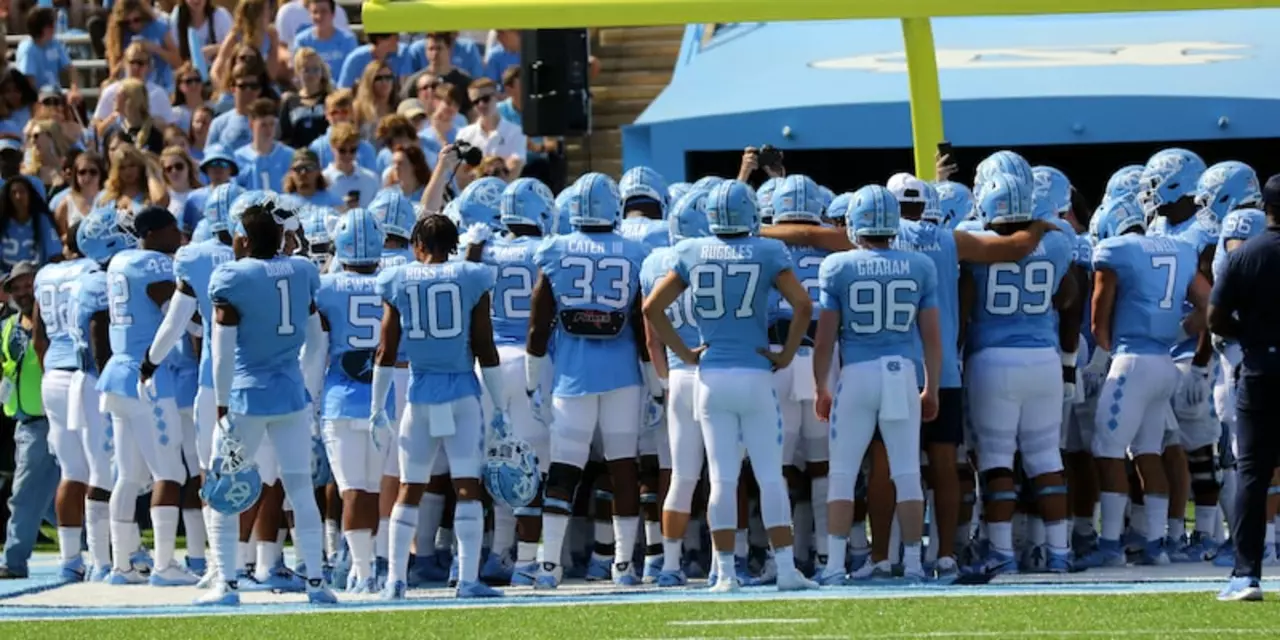College Football Analysis: Why High‑Scoring Games Are Everywhere
Ever wonder why you’re seeing 50‑point shootouts every weekend? You’re not alone. Fans love the fireworks, but there’s a method behind the madness. In this guide we break down the main reasons college football is turning into a scoring binge. Grab a seat, and let’s get into it.
Offensive Pace and Play‑Calling
Coaches are running up the tempo like never before. Instead of grinding out 60‑second huddles, many teams line up quickly and run spread formations that force defenses to defend the whole field. The result? More snap counts, more chances for big plays. Passing has become the go‑to weapon because a single deep throw can turn a drive into a touchdown in seconds.
One clear example is the rise of dual‑threat quarterbacks. When a QB can run and throw, defenses can’t just stack the box. That opens up short routes, screens, and play‑action passes that pile up yards fast. The faster the play, the less time a defense has to adjust, and the more points a team can put on the board.
Rule Changes and Athlete Talent
The rule book has been tweaked to favor offensive production. Recent changes limit how far defenders can rush the quarterback and how many players can line up in the box. Those tweaks give receivers cleaner routes and open lanes for runners. It’s a subtle shift, but over a season it adds up to dozens of extra points per game.
At the same time, recruiting has grown more national. Top athletes from all over the country now converge on college campuses, bringing NFL‑level speed and size. When you combine that talent with a playbook designed for quick strikes, it’s no wonder scores are climbing.
Teams are also adapting on the defensive side. Some programs are hiring former offensive coordinators to coach defense, hoping to anticipate the opponent’s play‑call. Others are experimenting with hybrid players who can line up as a safety in one snap and a linebacker in the next. While defenses are getting creative, the offensive advantage still feels bigger.
What does this mean for the average fan? More excitement, more lead changes, and a higher chance that your favorite underdog will pull an upset. For bettors and analysts, it means data is shifting – you’ll need to look at tempo stats, play‑action frequency, and quarterback run rates to make accurate predictions.
If you’re watching a game and notice a team scoring early, don’t write them off for a defensive collapse right away. They might just be riding a fast‑pace engine that’s designed to build a big lead quickly. The game then turns into a chess match of whether the opponent can slow the tempo or match the scoring pace.
In short, high‑scoring games are here to stay because the sport is evolving. Faster offenses, rule tweaks, and deeper talent pools all push the scoreboard higher. Keep an eye on tempo metrics and the newest dual‑threat QBs – they’ll be the key drivers of future score explosions.
Why are there so many high scoring games in college football?
- Kellan Hartford
- March 3, 2023
- 0 Comments
College football has experienced a surge of high-scoring games in recent seasons, with teams averaging more points and yards than ever. This trend is due to a combination of factors, such as faster-paced offenses, rule changes that favor offense, and the increasing quality of athletes. Additionally, teams are utilizing more passing plays, which has led to an increase in offensive production. As high-scoring games become more common, teams are forced to adjust their strategies to keep up with their opponents. Ultimately, this makes for an exciting and unpredictable game that college football fans love to watch.
read more